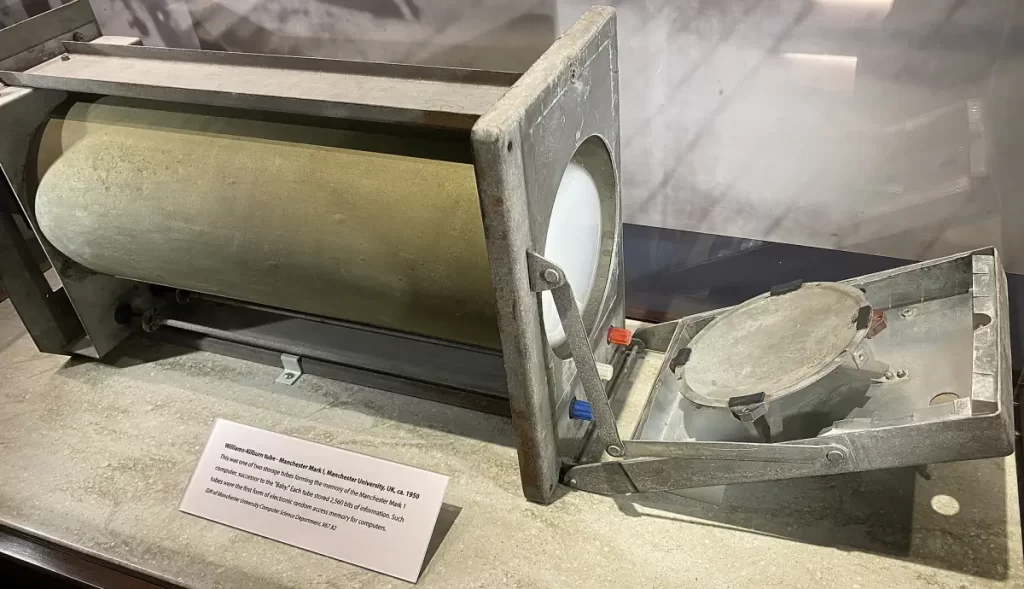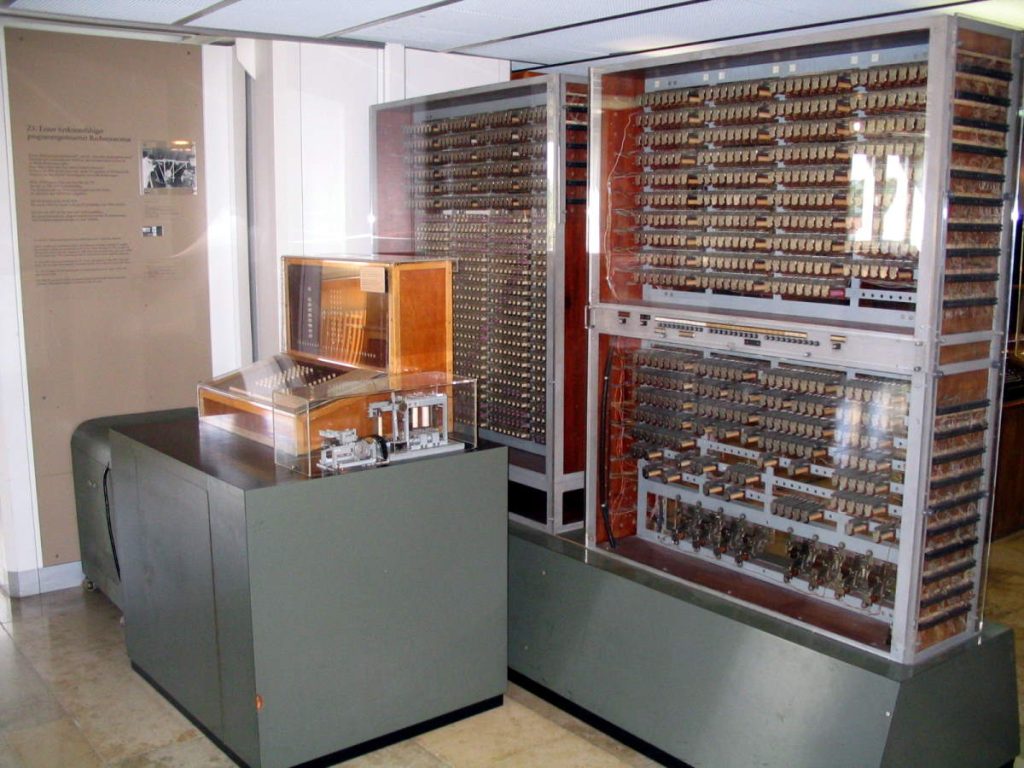On June 21, 1948, Manchester Baby, the world’s first electronic stored-program computer ran its first program.
Today’s (June 21) story of what happened this day in Science, Technology, Astronomy, and Space Exploration history.
Manchester Baby (Small-Scale Experimental Machine – SSEM)
The Manchester Baby (Small-Scale Experimental Machine – SSEM) was built by the English scientists, computer engineer Sir Frederic Calland Williams (26 June 1911 – 11 August 1977), mathematician and computer scientist Tom Kilburn (11 August 1921 – 17 January 2001), and electronic engineer and computer scientist Geoff C. Tootill (4 March 1922 – 26 October 2017). It was built at the University of Manchester.
It was the world’s first stored-program computer. Earlier computers, including the huge ENIAC machine at the University of Pennsylvania, had their program instructions determined by the wiring of the machine or by holes on punched tape. The Manchester Baby didn’t rely on a paper-tape reader or punch mechanism.
A stored-program computer (today’s digital devices, including computers and smartphones, are stored-program computers) that stores instructions in its memory to enable it to perform a variety of tasks in sequence or intermittently. The idea was introduced in the late 1940s by John von Neumann (December 28, 1903 – February 8, 1957), the Hungarian-American mathematician, physicist, computer scientist, engineer, and polymath.
Neumann wrote a widely distributed paper describing that computer architecture, which is still used in almost all computers. He proposed that a program be electronically stored in a binary-number format in a memory device so that instructions could be modified by the computer as determined by intermediate computational results.

The Manchester Baby was storing data in a device called the Williams tube, or the Williams–Kilburn tube after inventors Freddie Williams and Tom Kilburn, two of the builders of the machine. The Williams tube was an early form of computer memory.
It was an experimental machine, though, so could only perform addition and subtraction.
Williams (26 June 1911 – 11 August 1977) described how a stored program (written by Tom Kilburn) successfully ran on a computer for the first time in the world on June 21, 1948:
“A program was laboriously inserted and the start switch pressed. Immediately the spots on the display tube entered a mad dance. In early trials, it was a dance of death leading to no useful result. But one day it stopped and there shining brightly in the expected place, was the expected answer.”
The program was designed to find the highest proper factor of any number a, which was done by trying every integer from a-1 downward until one was found that divided exactly into a. The necessary divisions were done not by long division, but by repeated subtraction. As explained above, the Manchester Baby could only perform addition and subtraction.
Later, in 1951-1952, the Manchester Baby (the Small-Scale Experimental Machine, SSEM) is dismantled and enlarged to become the Manchester Mark 1.
This video was produced by Google as a tribute to the “Manchester Baby” – the first computer to run a program electronically stored in its memory. This was a flagship moment, described by some as the “birth of software”. To find out more see the Google blog. While nothing remains of the original machine, a working replica is on display at MOSI (Museum of Science & Industry, Manchester).


Sources
- Manchester Baby on Wikipedia
- Frederic C. Williams on Wikipedia
- The Manchester baby reborn [Small Scale Experimental Machine] on the IEEE Xplore website
- “The Manchester Baby, the world’s first stored-program computer, ran its first program” on the Center for Computer History website
- “SSEM (Small Scale Experimental Machine) – Everything You Need To Know” on the History-Computer website
- Williams tube on Wikipedia
- Stored-program computer on the Encyclopedia Britannica website
- Budget of NASA, Year by Year [1980-1989] - June 10, 2024
- Budget of NASA, Year by Year [1970-1979] - June 10, 2024
- Budget of NASA, Year by Year [1958-2024] - June 10, 2024
